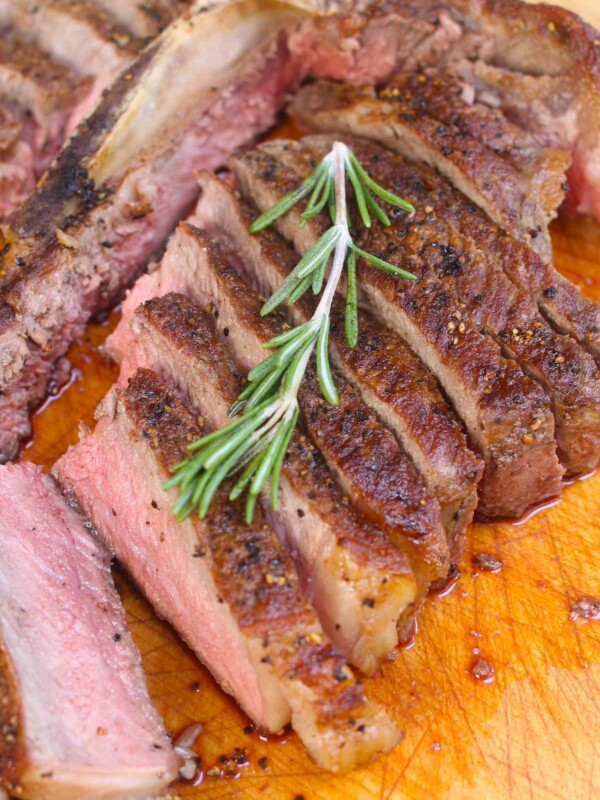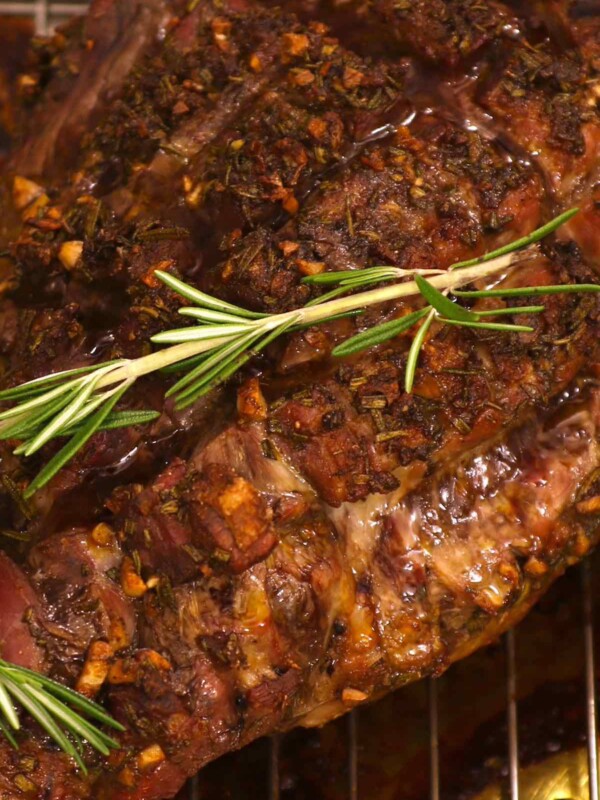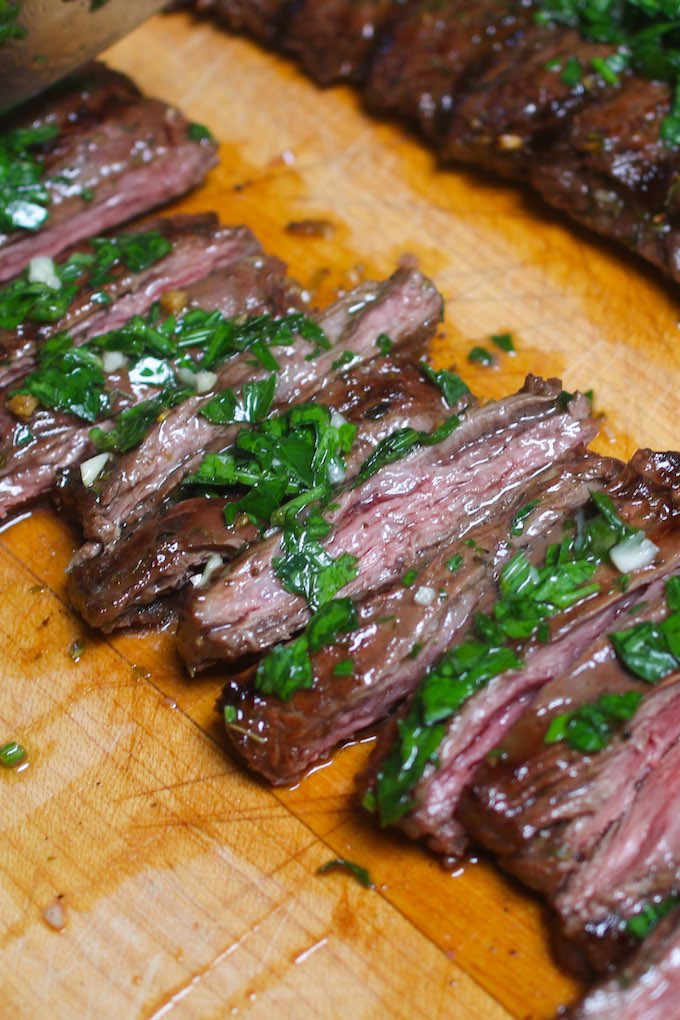Is Hummus Keto (Carbs in Hummus and Keto Hummus Recipe)
on Mar 21, 2023
This post may contain affiliate links. Please read my disclosure policy.
Wondering if you can have hummus on a keto diet? How many carbs are in hummus? With chickpeas as the main ingredient, you may not be sure if you can fit hummus into your daily carb allowance.
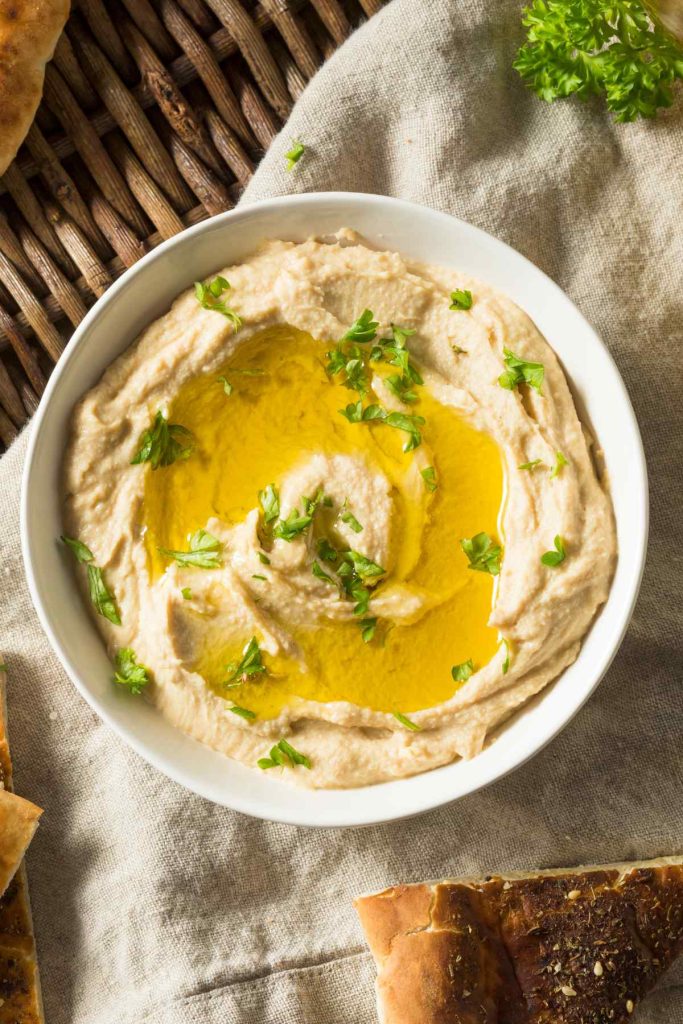
In this post, we’re breaking down the facts on hummus, including its carb content, tasty ways to have it, plus some keto-friendly substitutes for you to try.
What is Hummus?
Hummus (sometimes spelled “houmous”, “humus”, “hommus”, or “hommos”) is a creamy and delicious dip made with mashed chickpeas, tahini (a paste made from ground sesame seeds), lemon juice, olive oil and spices.
Hummus is a staple in Middle Eastern cuisine and is often served with pita bread or used as a dip for vegetables and chips. It can also be used as a tasty spread in sandwiches, salads and wraps.
Is Hummus Keto-Friendly?
It’s definitely possible to fit hummus into a ketogenic diet. Many people automatically assume that hummus isn’t keto-friendly, since chickpeas are known to be high in carbohydrates.
Because they’re also rich in fiber, this helps to offset the carbs and results in a relatively low amount of net carbs.
This doesn’t mean you can have hummus with wild abandon. It’s still recommended that you enjoy it in moderation and pay attention to the serving size. Two tablespoons of hummus provide 4 grams of net carbs, so you can certainly make room for it in your daily carb budget.
How Many Net Carbs In Hummus?
According to the USDA, a 2-tablespoon (30-gram) serving of hummus has just under 6 grams of carbs and over 2 grams of fiber. This works out to about 4 grams of net carbs in a 2-tablespoon serving.
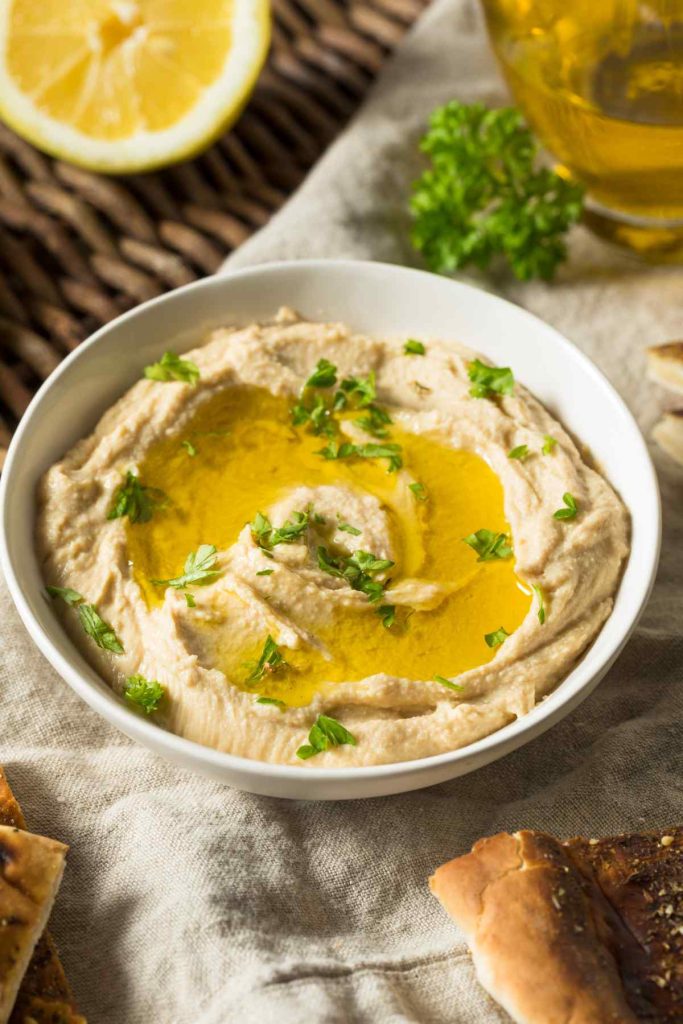
How to Make Keto Hummus
By substituting chickpeas with other ingredients, you can make a more keto-friendly hummus at home. Delicious low-carb hummus options include cauliflower, avocado and artichoke. The added benefit of homemade hummus is that you get to customize it with your choice of seasonings and spices.
What Can I Eat with Hummus While On A Keto Diet?
To keep your carbs at a minimum, it’s best to have hummus with veggies like celery, carrots, bell peppers and roasted cauliflower. Pita bread, crackers and chips should be avoided, since they’re super high in carbs.
Hummus can also be served with salads or used to jazz up sandwiches and wraps. As long as you’re pairing hummus with low-carb foods, you should be able to maintain your state of ketosis.
Other Low-Carb Keto Substitutes for Hummus
Need a low-carb substitute for hummus? Check out these keto-friendly homemade recipes:
Cauliflower Hummus
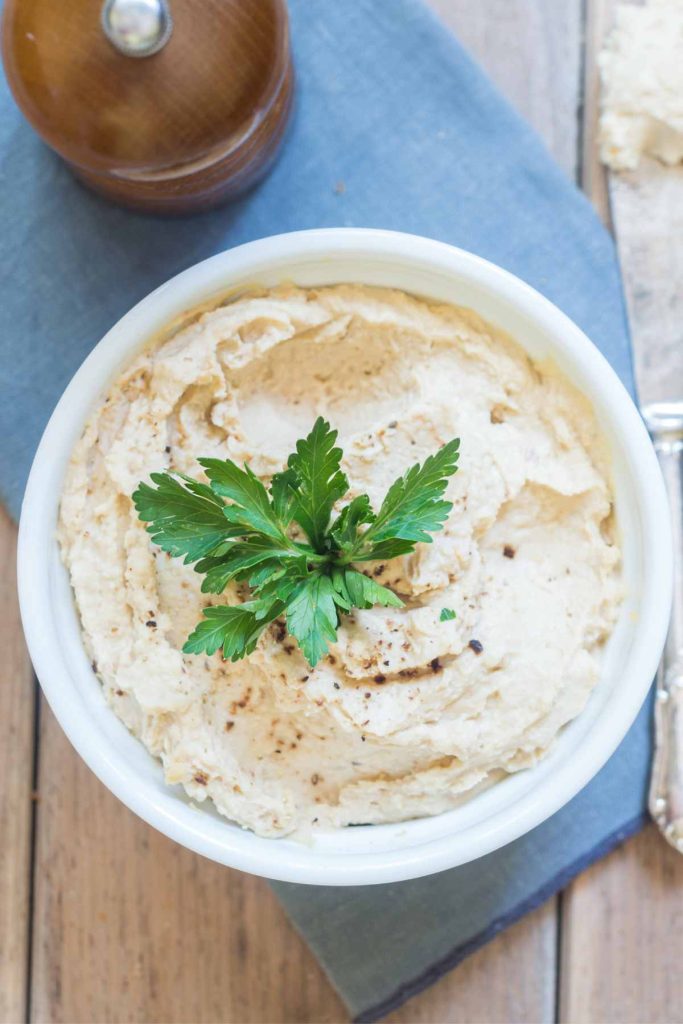
Cauliflower is a staple for many people on the ketogenic diet. It can be used to make mac and cheese, rice, pizza crust and so much more. To make cauliflower hummus, all you have to do is blend it in a food processor or blender until it’s nice and smooth. Then you can add in all the usual fixings like olive oil, lemon juice and your favorite spices.
Artichoke Hummus
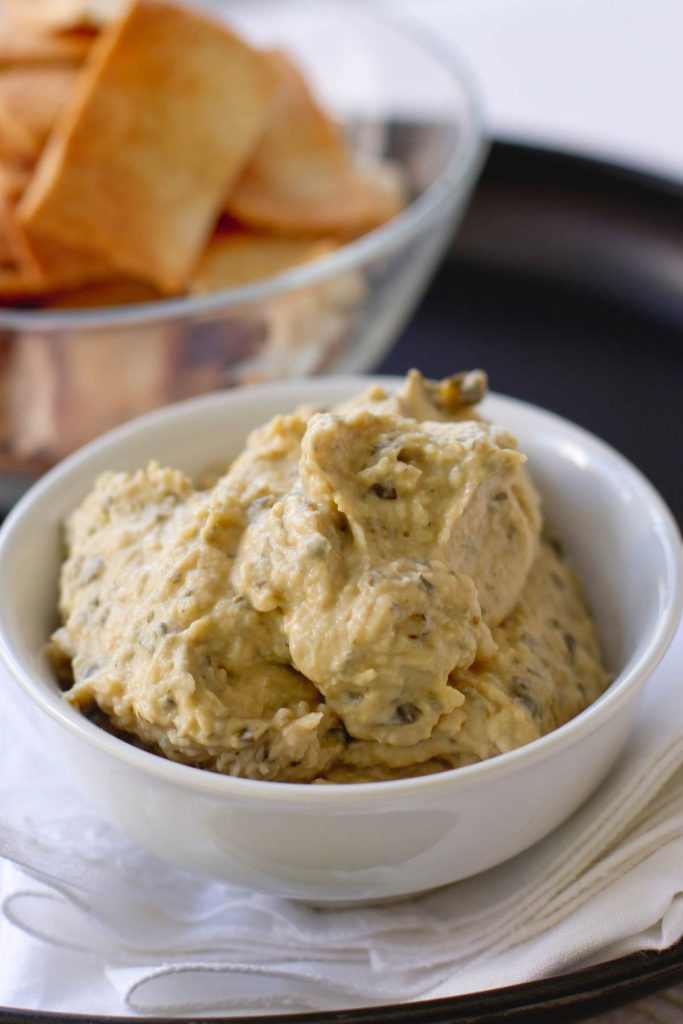
Did you know that artichoke hearts can be transformed into creamy, flavorful hummus? Although artichokes are a bit higher in carbs than avocado or cauliflower, they’re still quite low in comparison to chickpeas. You can definitely enjoy artichoke hummus in moderation on a ketogenic diet.
Black Soybean Hummus
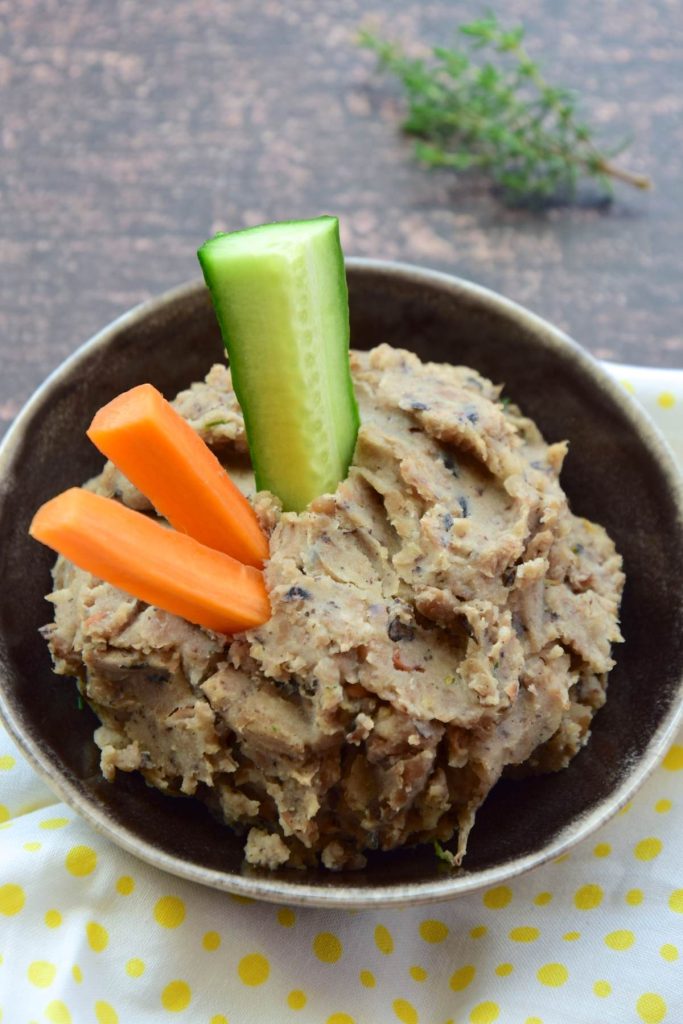
This high-fiber, low-carb hummus is both delicious and healthy. There are only 2 grams of net carbs in a 3-tablespoon (30 grams) serving of black soybean hummus.
Almond Pulp Hummus
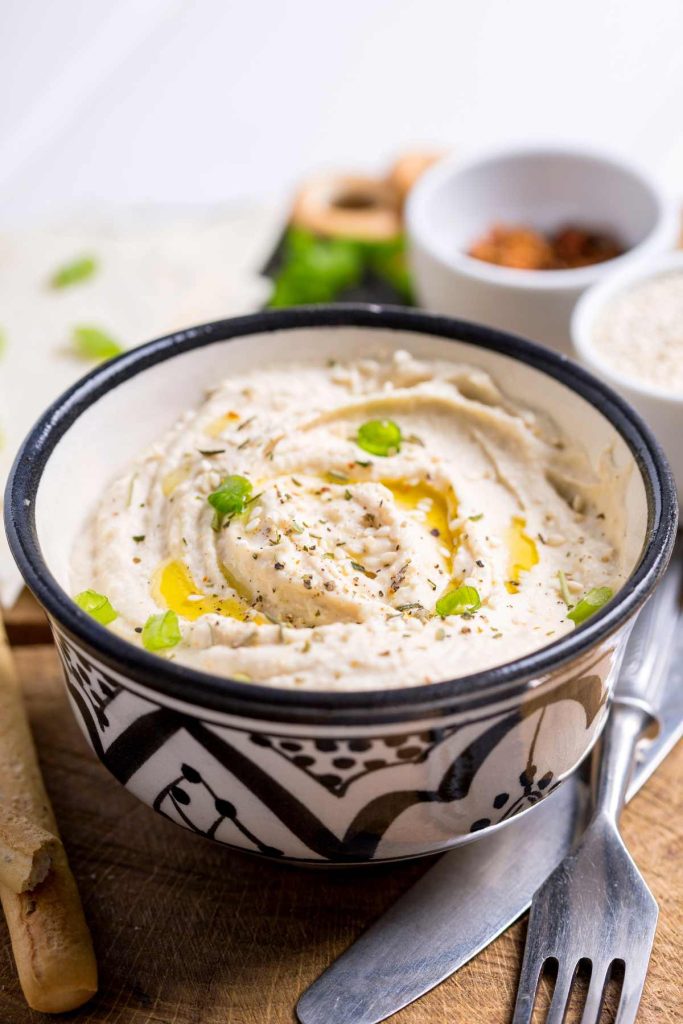
Got leftover pulp from making homemade almond milk? You can use it to make keto-friendly hummus! If you aren’t making almond milk but still want to make the hummus, just soak the almonds in water overnight, remove the skin and blend in a food processor or blender. Almond hummus can also be made using store-bought almond meal.
Hummus Nutrition (Macros)
How Many Carbs In Hummus?
A 2-tablespoon (30 grams) serving of hummus contains nearly 6 grams of carbohydrates, according to the USDA.
Fats
There are 5 grams of fat in 2 tablespoons (30 grams) of plain hummus. Its fat content is primarily comprised of healthy polyunsaturated and monounsaturated fats.
Protein
Plain hummus provides 2.4 grams of protein per tablespoon.
Calories
One tablespoon of plain hummus provides approximately 39 calories.
FAQ
Will Hummus Kick Me Out of Ketosis?
When consumed in moderation, there’s no reason for hummus to kick you out of ketosis. 2-4 tablespoons of hummus (30-60 grams) work out to 4-8 grams of net carbs, which you can easily fit into your daily carb allotment. To keep the servings small, you’re better off enjoying hummus as a garnish, rather than as a spread or dip.
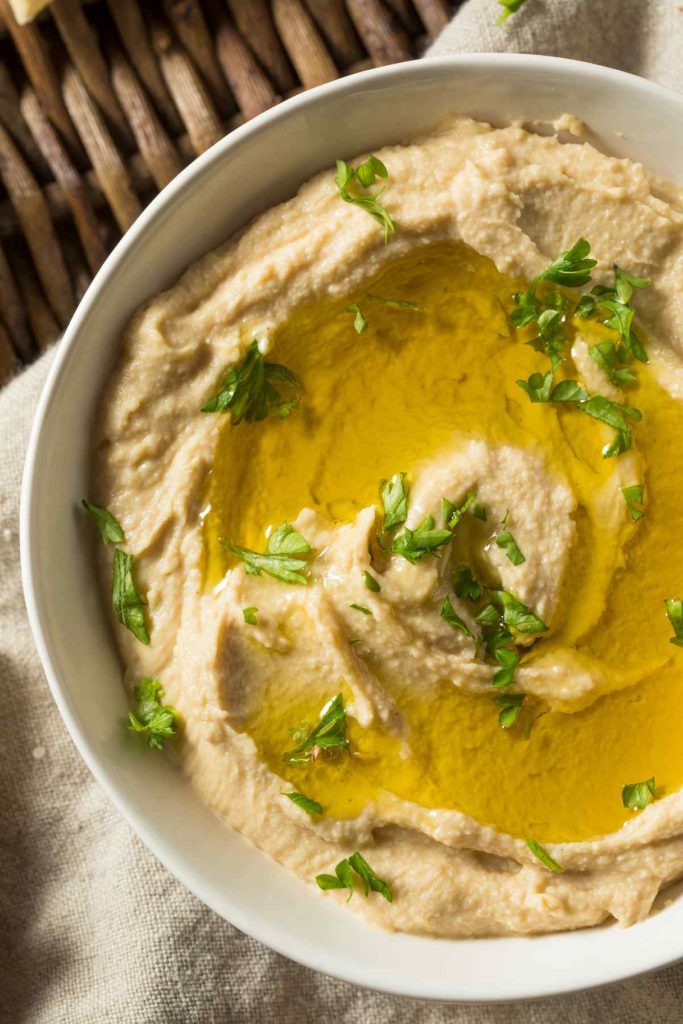
Is Hummus Low in Carbs?
You can enjoy hummus on a low-carb diet if you choose the right kind and have it in moderation. Homemade hummus can be low in carbs depending on the ingredients you use. With some recipes, the carb count can be as low as 2 grams of net carbs per tablespoon.
If you’re buying hummus at the grocery store, always double-check the label for the carb content, as well as added sugars or preservatives.
Are Chickpeas Ok for Keto Diet?
Chickpeas are known for their high carb content, which makes them unsuitable for a keto diet. One cup of boiled chickpeas contains nearly 45 grams of carbs with 12 grams of fiber. This works out to 33 grams of net carbs, which can easily knock you out of ketosis.
For most people on a keto diet, the aim is to stay below 50 grams of net carbs daily. Just one serving of chickpeas would take up over half of your carb allotment for the day.
How Many Carbs Are in 100 grams of Hummus?
A 100 gram (3.5 ounce) serving of plain hummus contains nearly 20 grams of total carbs and about 6 grams of fiber. This works out to 14 grams of net carbs.
You May Also Like
- Is Sour Cream Keto and Carbs in Sour Cream
- Is Peanut Butter Keto and Carbs in Peanut Butter
- Is Edamame Keto and Carbs in Edamame
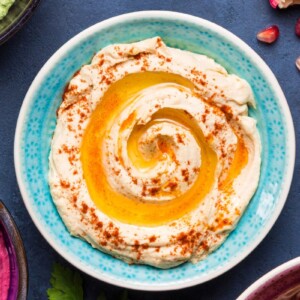
Keto Cauliflower Hummus Recipe
Ingredients
- 3 cups cauliflower florets, raw
- 2 tbsp water
- 5 tbsp olive oil, divided
- salt, to taste
- 3 whole garlic cloves
- 1.5 tbsp tahini paste
- 3 tbsp lemon juice
- 2 crushed garlic cloves
- smoked paprika and olive oil , for serving
Instructions
- In a microwavable bowl, add the cauliflower, whole garlic cloves, salt and 2 tablespoons of olive oil. Heat for 15 minutes.
- Add the cauliflower mixture to a food processor or blender and blend.
- Next, add the tahini, lemon juice, 2 crushed garlic cloves, salt, and the remaining olive oil. Blend until smooth.
- Taste the hummus and add seasoning as needed.
- Scoop the hummus into a bowl, and drizzle with olive oil and a dash of smoked paprika. Serve as a dip, spread or garnish.
Nutrition
Nutrition information provided is an estimate only and will vary based on ingredient brands and cooking methods used.
